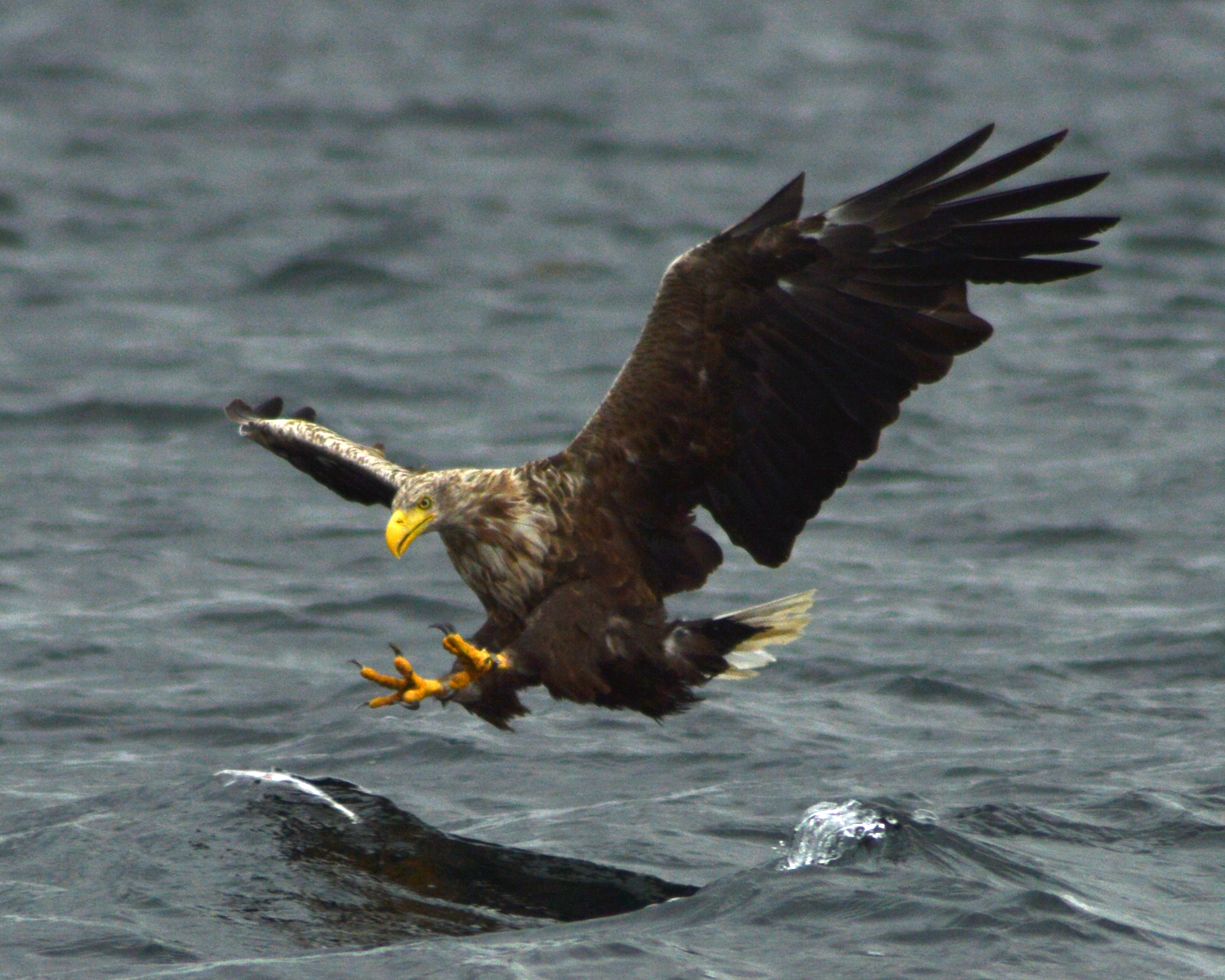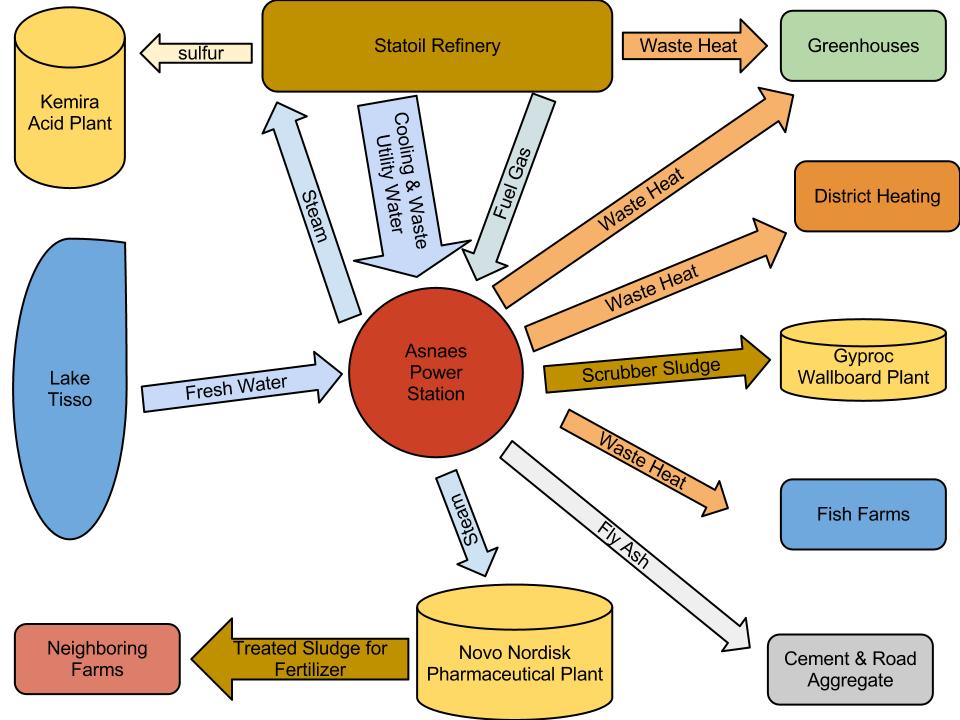|
Tissø
Tissø is the 4th largest freshwater lake in Denmark, at 12.3 km2. It is located on the western part of Zealand, in the municipality of Kalundborg. There are several small towns and villages near the lake, of which Sæby is the biggest at 343 citizens (2013). In the town of Kalundborg, some of Lake Tissø's outflow is used as cooling water for the Kalundborg Eco-industrial Park. Etymology Tissø means 'The God's Lake', but the etymology and meaning is not obvious. Basically the name can be broken into ''Tis-sø'', where ''sø'' means 'lake' in a literal and simple translation from Danish to English. ''Tis'' is the more interesting part and refers to the old god Tir, who have given name to many places in Denmark such as Tisvilde, Tirslund or Thisted, for example, and Tissø was originally known as 'Tir's Lake'. However, the word ''Ti'' is also an Old Danish word meaning 'God', without being specific. For unknown reasons, it appears that at some point during the Iron Age, the ... [...More Info...] [...Related Items...] OR: [Wikipedia] [Google] [Baidu] |
Kalundborg Eco-industrial Park
Kalundborg Eco-Industrial Park is an industrial symbiosis network located in Kalundborg, Denmark, in which companies in the region collaborate to use each other's by-products and otherwise share resources. The Kalundborg Eco-Industrial Park is the first full realization of industrial symbiosis. The collaboration and its environmental implications arose unintentionally through private initiatives, as opposed to government planning, making it a model for private planning of eco-industrial parks. At the center of the exchange network is the Asnæs Power Station, a 1500MW coal-fired power plant, which has material and energy links with the community and several other companies. Surplus heat from this power plant is used to heat 3500 local homes in addition to a nearby fish farm, whose sludge is then sold as a fertilizer. Steam from the power plant is sold to Novo Nordisk, a pharmaceutical and enzyme manufacturer, in addition to Statoil oil refinery. This reuse of heat reduces the a ... [...More Info...] [...Related Items...] OR: [Wikipedia] [Google] [Baidu] |
Zealand
Zealand ( da, Sjælland ) at 7,031 km2 is the largest and most populous island in Denmark proper (thus excluding Greenland and Disko Island, which are larger in size). Zealand had a population of 2,319,705 on 1 January 2020. It is the 13th-largest island in Europe by area and the 4th most populous. It is connected to Sprogø and Funen by the Great Belt Fixed Link and to Amager by several bridges in Copenhagen. Indirectly, through the island of Amager and the Øresund Bridge, it is also linked to Scania in Sweden. In the south, the Storstrøm Bridge and the Farø Bridges connect it to Falster, and beyond that island to Lolland, from where the Fehmarnbelt Tunnel to Germany is planned. Copenhagen, the capital of Denmark, with a population between 1.3 and 1.4 million people in 2020, is located mostly on the eastern shore of Zealand and partly on the island of Amager. Other cities on Zealand include Roskilde, Hillerød, Næstved, Helsingør, Slagelse, Køge, Holbæk a ... [...More Info...] [...Related Items...] OR: [Wikipedia] [Google] [Baidu] |
Dead-ice
Dead ice is ice which, though part of a glacier or ice sheet, is no longer moving. When this melts it does so in situ, leaving behind a hummocky terrain known as dead-ice moraine which is produced by the deposition of glacio-fluvial sediments and ablation till. Such features include kettle holes. Landscapes forming Veiki moraine A Veiki moraine (Swedish: Veikimorän) is a type of moraine found in northern Sweden, Troms og Finnmark in Norway, and parts of Canada. This moraine is characterized by forming a hummocky landscape of irregular moraine plateaus with elevated rim ...s in northern Sweden and Canada have been attributed to the ablation of extensive bodies of till-covered dead ice. References Glaciology {{glaciology-stub ... [...More Info...] [...Related Items...] OR: [Wikipedia] [Google] [Baidu] |
Copenhagen
Copenhagen ( or .; da, København ) is the capital and most populous city of Denmark, with a proper population of around 815.000 in the last quarter of 2022; and some 1.370,000 in the urban area; and the wider Copenhagen metropolitan area has 2,057,142 people. Copenhagen is on the islands of Zealand and Amager, separated from Malmö, Sweden, by the Øresund strait. The Øresund Bridge connects the two cities by rail and road. Originally a Viking fishing village established in the 10th century in the vicinity of what is now Gammel Strand, Copenhagen became the capital of Denmark in the early 15th century. Beginning in the 17th century, it consolidated its position as a regional centre of power with its institutions, defences, and armed forces. During the Renaissance the city served as the de facto capital of the Kalmar Union, being the seat of monarchy, governing the majority of the present day Nordic region in a personal union with Sweden and Norway ruled by the Danis ... [...More Info...] [...Related Items...] OR: [Wikipedia] [Google] [Baidu] |
National Museum Of Denmark
The National Museum of Denmark (Nationalmuseet) in Copenhagen is Denmark's largest museum of cultural history, comprising the histories of Danish and foreign cultures, alike. The museum's main building is located a short distance from Strøget at the center of Copenhagen. It contains exhibits from around the world, from Greenland to South America. Additionally, the museum sponsors SILA - The Greenland Research Center at the National Museum of Denmark to further archaeological and anthropological research in Greenland. The museum has a number of national commitments, particularly within the following key areas: archaeology, ethnology, numismatics, ethnography, natural science, conservation, communication, building antiquarian activities in connection with the churches of Denmark, as well as the handling of the Danefæ (the National Treasures). Exhibitions The museum covers 14,000 years of Danish history, from the reindeer-hunters of the Ice Age, Vikings, and works of religious ... [...More Info...] [...Related Items...] OR: [Wikipedia] [Google] [Baidu] |
Scania
Scania, also known by its native name of Skåne (, ), is the southernmost of the historical provinces of Sweden, provinces (''landskap'') of Sweden. Located in the south tip of the geographical region of Götaland, the province is roughly conterminous with Skåne County, created in 1997. Like the other former provinces of Sweden, Scania still features in colloquial speech and in cultural references, and can therefore not be regarded as an archaic concept. Within Scania there are 33 municipalities of Sweden, municipalities that are autonomous within the Skåne Regional Council. Scania's largest urban areas of Sweden, city, Malmö, is the third-largest city in Sweden, as well as the fifth-largest in Scandinavia. To the north, Scania borders the former provinces of Halland and Småland, to the northeast Blekinge, to the east and south the Baltic Sea, and to the west Öresund. Since 2000, a road and railway bridge, the Öresund Bridge, bridges the Öresund, Sound and connects Scania ... [...More Info...] [...Related Items...] OR: [Wikipedia] [Google] [Baidu] |
Järrestad
A hundred is a geographic division formerly used in northern Germanic countries and related colonies, which historically was used to divide a larger region into smaller administrative divisions. The equivalent term in Swedish is (in Uppland also known as during the early Middle Ages); in Danish and Norwegian, ; in Finnish, ; and in Estonian, . The Scanian hundreds were Danish until the Treaty of Roskilde The Treaty of Roskilde (concluded on 26 February ( OS), or 8 March 1658) ( NS) during the Second Northern War between Frederick III of Denmark–Norway and Karl X Gustav of Sweden in the Danish city of Roskilde. After a devastating defeat ... of 1658. List {{DEFAULTSORT:Hundreds Of Sweden, List Of Subdivisions of Sweden Hundreds of Sweden Hundreds ... [...More Info...] [...Related Items...] OR: [Wikipedia] [Google] [Baidu] |
Lejre
Lejre is a railway town, with a population of 3,127 (1 January 2022),BY3: Population 1. January by rural and urban areas, area and population density The Mobile Statbank from in (: ''Lejre Kommune'') on the island of |
Christianization Of Scandinavia
The Christianization of Scandinavia, as well as other Nordic countries and the Baltic countries, took place between the 8th and the 12th centuries. The realms of Denmark, Norway and Sweden established their own Archdioceses, responsible directly to the Pope, in 1104, 1154 and 1164, respectively. The conversion to Christianity of the Scandinavian people required more time, since it took additional efforts to establish a network of churches. The earliest signs of Christianization were in the 830s with Ansgar's construction of churches in Birka and Hedeby in the 830s. The conversion of Scandinavian kings occurred over the period 960–1020. Subsequently, Scandinavian kings sought to establish churches, dioceses and Christian kingship, as well as destroy pagan temples. Denmark was the first Scandinavian country to Christianize, as Harald Bluetooth declared this around AD 975, and raised the larger of the two Jelling Stones. According to historian Anders Winroth, Christianity was not ... [...More Info...] [...Related Items...] OR: [Wikipedia] [Google] [Baidu] |
Votive Offering
A votive offering or votive deposit is one or more objects displayed or deposited, without the intention of recovery or use, in a sacred place for religious purposes. Such items are a feature of modern and ancient societies and are generally made in order to gain favor with supernatural forces. While some offerings were apparently made in anticipation of the achievement of a particular wish, in Western cultures from which documentary evidence survives it was more typical to wait until the wish has been fulfilled before making the offering, for which the more specific term ex-voto may be used. Other offerings were very likely regarded just as gifts to the deity, not linked to any particular need. In Buddhism, votive offering such as construction of stupas was a prevalent practice in Ancient India, an example of which can be observed in the ruins of the ancient Vikramshila University and other contemporary structures. Votive offerings have been described in historical Roman era ... [...More Info...] [...Related Items...] OR: [Wikipedia] [Google] [Baidu] |
Sacrifice
Sacrifice is the offering of material possessions or the lives of animals or humans to a deity as an act of propitiation or worship. Evidence of ritual animal sacrifice has been seen at least since ancient Hebrews and Greeks, and possibly existed before that. Evidence of ritual human sacrifice can also be found back to at least pre-Columbian civilizations of Mesoamerica as well as in European civilizations. Varieties of ritual non-human sacrifices are practiced by numerous religions today. Terminology The Latin term ''sacrificium'' (a sacrifice) derived from Latin ''sacrificus'' (performing priestly functions or sacrifices), which combined the concepts ''sacra'' (sacred things) and ''facere'' (to do or perform). The Latin word ''sacrificium'' came to apply to the Christian eucharist in particular, sometimes named a "bloodless sacrifice" to distinguish it from blood sacrifices. In individual non-Christian ethnic religions, terms translated as "sacrifice" include the Indic ' ... [...More Info...] [...Related Items...] OR: [Wikipedia] [Google] [Baidu] |
Kongemose Culture
The Kongemose culture (''Kongemosekulturen'') was a mesolithic hunter-gatherer culture in southern Scandinavia ca. 6000 BC– 5200 BC and the origin of the Ertebølle culture. It was preceded by the Maglemosian culture. In the north it bordered on the Scandinavian Nøstvet and Lihult cultures. The Kongemose culture is named after a location in western Zealand and its typical form is known from Denmark and Skåne. The finds are characterised by long flintstone flakes, used for making characteristic rhombic arrowheads, scrapers, drills, awls, and toothed blades. Tiny micro blades constituted the edges of bone daggers that were often decorated with geometric patterns. Stone axes were made of a variety of stones, and other tools were made of horn and bone. The main economy was based on hunting red deer, roe deer, and wild boar The wild boar (''Sus scrofa''), also known as the wild swine, common wild pig, Eurasian wild pig, or simply wild pig, is a suid native to much ... [...More Info...] [...Related Items...] OR: [Wikipedia] [Google] [Baidu] |







